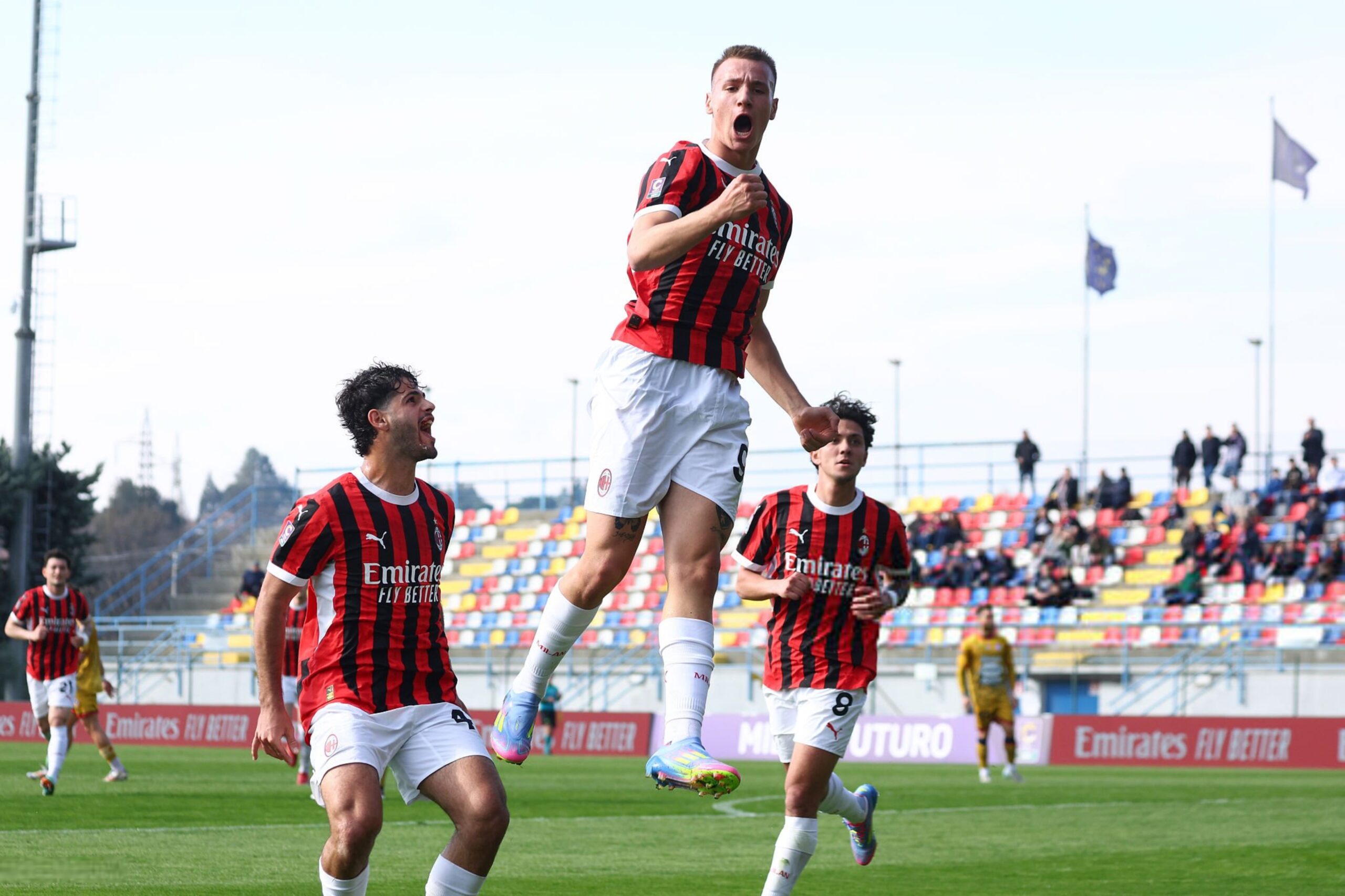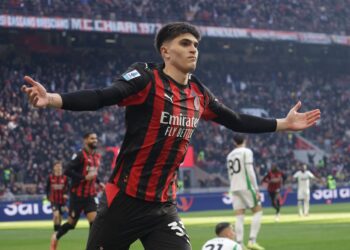In the pre-match of Roma-Milan last night, the Rossoneri’s technical area director Geoffrey Moncada appeared on DAZN's microphones and commented on Milan Futuro’s relegation to Serie D with these words:
"We created Milan Futuro to create players. We had seven players who played in Serie A with Milan; there had never been so many from the academy. Playing in B, in C, or in D is not that important for us. For us, what matters is creating talent. It’s the first year; the important thing is to create players. Milan Futuro will play in Serie D."
So today, let’s focus on those seven players Moncada spoke about to actually see whether they brought value to the club—and more importantly, whether players were truly created.
Premise: the players Moncada is referring to are, in order of appearances: Alex Jimenez, Francesco Camarda, Davide Bartesaghi, Lorenzo Torriani, Kevin Zeroli, Mattia Liberali, and Bob Omoregbe.
The exception at Milan is Alex Jimenez
Let’s start with the one who truly made the leap: Alex Jimenez played the first part of the season—from mid-August to mid-September—with Milan Futuro, racking up 18 appearances and 4 goals, but above all proving by far to be the strongest player in the Under-23 squad and also the most ready for the big step up, which he had already started taking last season under Pioli. For this reason, in an emergency situation, Paulo Fonseca called him up for the away match against Hellas Verona before Christmas, and from that moment on, the Spaniard hasn’t left the field. To date—apart from one appearance in Serie C during a weekend when he was suspended in Serie A—Jimenez has accumulated 27 appearances with 2 assists, playing over 1600 minutes.
Bad management
From Francesco Camarda downward, the facts raise some eyebrows. The 2008-born striker was announced at the start of the season as the jewel of the second-team project. And yet, by the end of the campaign, Oddo’s team found itself without its number 9 and main striker due to an unacceptable oversight by the club: Camarda did not reach 25 call-ups with Milan Futuro and was therefore unable to take part in the playouts—where, judging by how they went, the Rossoneri desperately needed a striker. All this because of a string of bench appearances with the first team, especially in the central part of the season. The Rossoneri talent totaled one start and many cameos, for a total of 13 appearances and just 189 minutes. The question is: was it worth it? Given the result of the Under-23 team, it seems not. And the one who loses out the most is the boy himself, who, in fact, never played with continuity throughout the season.
The others
The management of Davide Bartesaghi—perhaps along with that of Jimenez—was the most sensible. Already with some appearances under Pioli, this year the Rossoneri defender mainly stayed with Milan Futuro, being called up by the first team when needed. A reasonable compromise, given that he’s a young talent with great potential but not yet ready to play regularly among the seniors: 6 appearances for him but only 111 minutes.
Then there’s Lorenzo Torriani—two appearances (one due to Maignan's injury in the Champions League and the other with the result already secured against Sassuolo in the Coppa Italia), plus Kevin Zeroli, Mattia Liberali, and Bob Omoregbe—all with one appearance each.
The goalkeeper has essentially been considered the second/third choice for the first team since summer. Zeroli received treatment similar to Camarda’s, but with fewer appearances and a mid-season loan move to Monza. As for Liberali and Omoregbe, two mysteries: the former started as a starter with Milan Futuro, even ended up starting a first-team game, and then spent the entire second half of the year with the Primavera. The latter, after hardly ever setting foot on the pitch, suddenly found himself thrown into the first-team mix in the closing stages of Milan-Cagliari (1–1) in early January, then disappeared from the radar and returned to being on the bench for Milan Futuro.
Conclusions
Seven players made their first-team debuts this year, that’s undeniable. But whether this figure is a litmus test of the Milan Futuro project’s success in its first year is harder to believe: excluding Jimenez and Bartesaghi, who did play with consistency this season, the same can certainly not be said of Camarda and Zeroli—the two most prominent Under-23 talents at the start of the year. The season surely had developmental elements, but it could have been far more complete had there been a decision to let them play regularly, either with the second team or the first. Using the brief appearances of Liberali and Omoregbe as examples, on the other hand, seems decidedly forced.
















